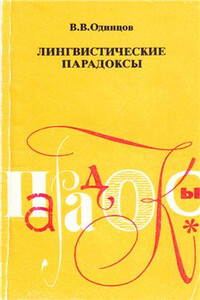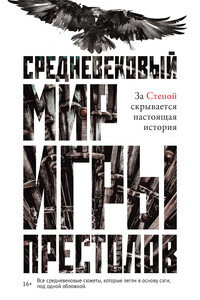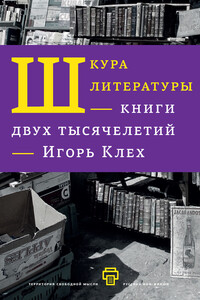Сорокина И. П. Морфология глагола в энецком языке: Автореф. дис… канд. филол. наук. Л., 1975.
Стегний В. А. Морфологическая структура глагола в языке кламат: Автореф. дис…. канд. филол. наук. М., 1983.
Сэпир Э. Язык. М., 1934.
Яковлев Н. Ф. Ашхамаф Д. Грамматика адыгейского литературного языка. М.; Л., 1941.
Сотпе В. Inverse verb forms in Siberia. Evidence from Chukchee, Koryak and Kamchadal // Folia linguistica historica. Acta societatis linguisticae European 1980.1/1.
Fortescue M. The origins of Chukotko-Kamchatkan verbal paradigms. MS, 1993.
Werner H. Die ketishce Sprache. Wiesbaden, 1997.
S. V. Voronin
Towards a phonosemantic typology of rl-multiplicatives (a case study of iconicity in grammar)
The universal functional-semantic category of plurality, or multiplicity [Xrakovskij 1989; cf. Dressier 1968; Maslov 1978] is expressed by a variety of lexical and grammatical means.
One of the best known among these is reduplication (alias doubling, duplication, repetition, multiplication), which has been studied at some length (see e. g. [Brandstetter 1917; Gonda 1959; Uhlenbeck 1953; Yelovkov 1977; Alieva 1980; Morev 1991]). Reduplication as an absolute language universal (cf. [Greenberg 1966]) has long been found to be iconic ([Sapir 1921; Gonda 1940; Makarenko 1970; Jakob-son 1971; Gazov-Ginzberg 1974; Long Seam 1975; Ogloblin 1980]).
There is, however, another universal (albeit, it seems, non-absolute) that, like reduplication, expresses plurality. This is what I call «RL-formatives» [Voronin 1980]: (inter alia) the frequentative English end formatives — er, — le, or Bashkir — yr, — yl, or Indonesian infixal — er-, -el-.
I contend that RL-formatives are, in origin, iconic (cf. [Voronin 1982: 118]). I term multiplicative verbs with RL-formatives «RL-multiplicatives».
The workings of iconicity in lexis and text (especially in poetry) have been studied in extense, whereas its workings in grammar can claim only a limited number of studies. Few grammarians, aware of the importance of iconicity, have accorded the problem its due. Of these few, mention should be made here of A. A. Xolodovič [Xolodovič 1954: 19If], conductive to launching G. A. Pak's dissertation [Pak 1958] on Korean onomatopes and sound-symbolic words, V. S. Xrakovskij [Xrakovskij 1989: 26, 28 n. 19—cf. 1997: 28, 63 n. 19], citing some of the findings of phonosemantics, D. M. Nasilov [Nasilov 1989: 129–133], discussing Turkic aspectology and iconic verbs, and I. B. Dolinina [Dolinina 1989, 1997]. Generally the none-too-numerous attempts to pick up the unorthodox hot potatoes of ico-nicity in grammar were met with hostility, suspicion and inept criticism or were high-handedly bypassed in silence.
Special research has shown, however, that cases of iconicity in grammar are numerous, and they deserve serious consideration. It is no freak of fate that when the issue of «natural classification» (i. a. in grammar) arises, the issue of iconism would be lurking there, waiting to be dealt with. So in the «natural classification» of the system of meanings belonging to the universal functional/semantic category of plurality — a classification evolved by V. S. Xrakovskij and his colleagues in the ground-breaking monograph «Typology of Iterative Constructions» (1989 — in Russian; 1997 — in English).
According to G. P. Melnikov [Melnikov 1989: 19], typological conceptions proclaiming the primate of solely formal or solely conten-sive characteristics are aspectuative, and it is approaches aiming at uncovering the laws of «matching», of interdependance, implicative relations in the system that are conducive to synthesis of newly discovered and earlier amassed knowledge. I hold that ignoring possible iconicity we basically ignore implicative relations, we ignore casuality. Exclude probing iconicity — and you largely exclude in-depth understanding, the cognitive retrospective (casuality) and the cognitive perspective (heuristics).
RL-multiplicatives (i. e. iterative verbs with r or / as for-matives) are a graphic illustration of iconism in grammar [Jespersen 1928; Gonda 1940; Gazov-Ginzberg 1965]. In Modem English, for instance, almost three fourths of its RL-verbs are in origin onomatopoeic or sound-symbolic, and



